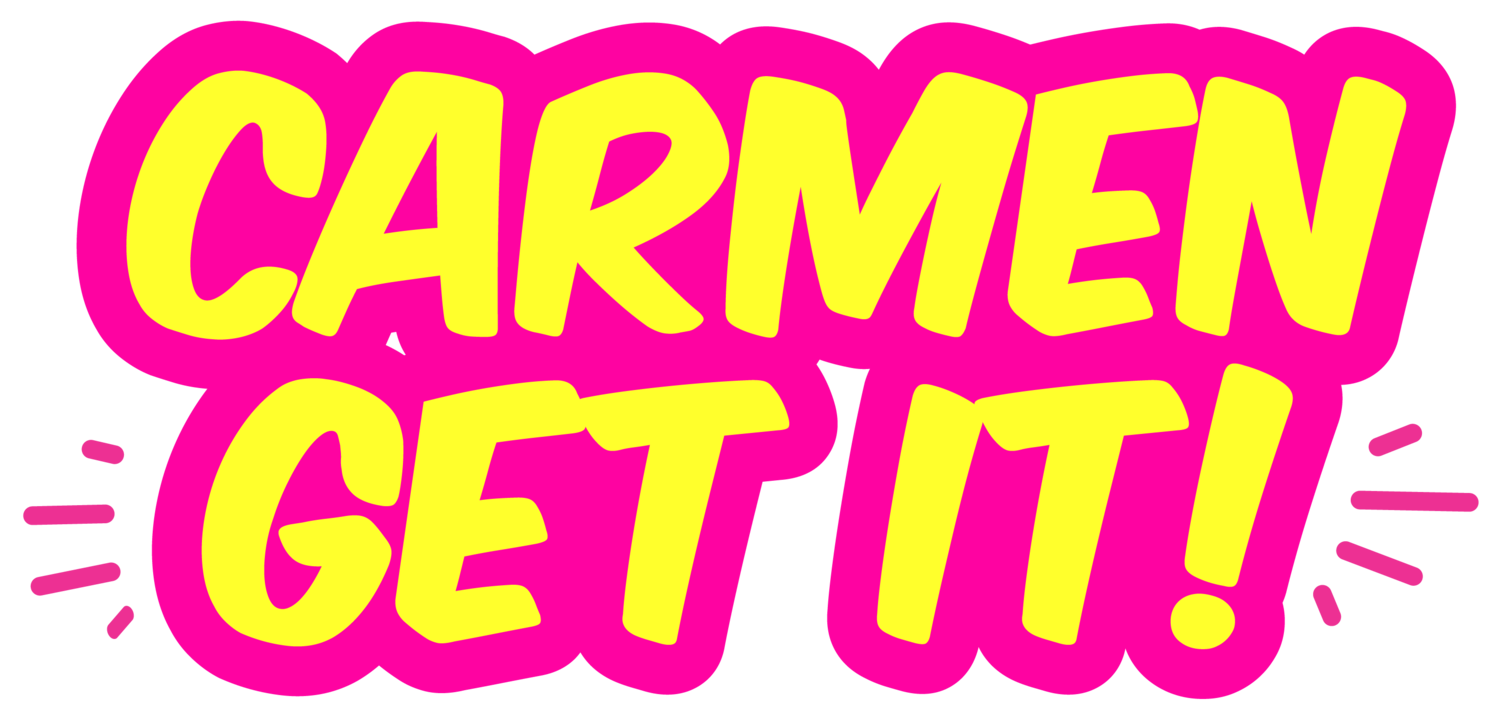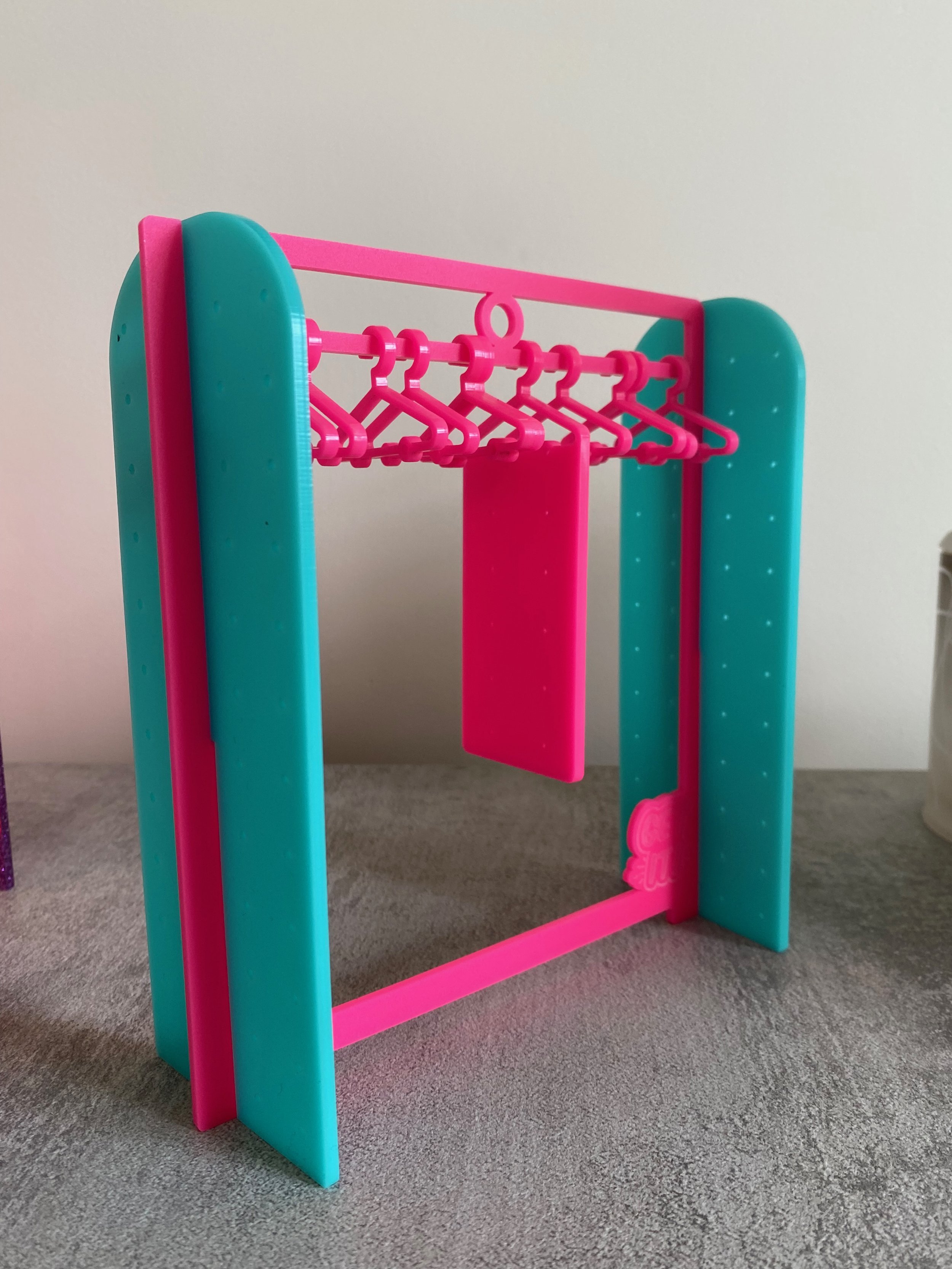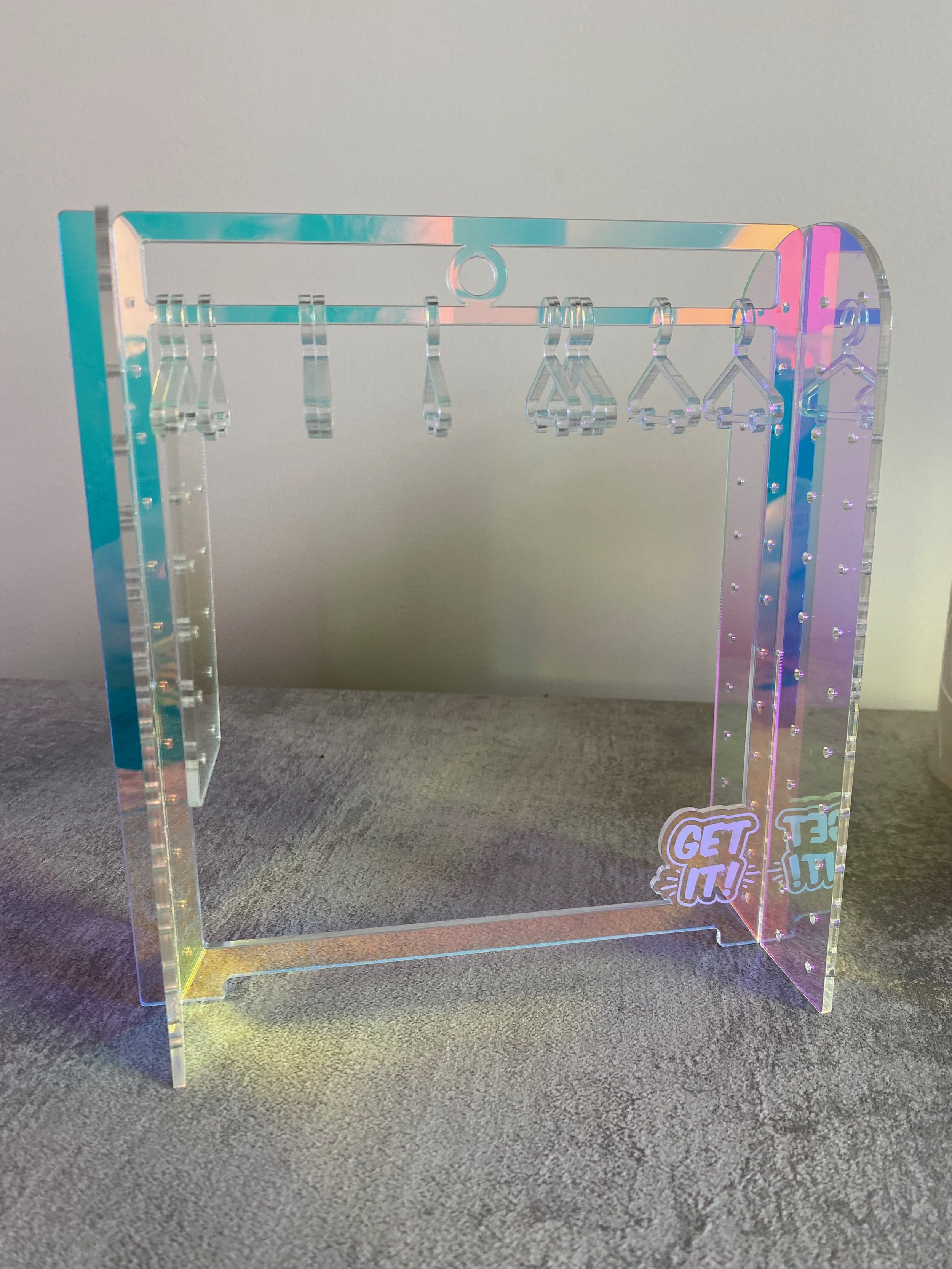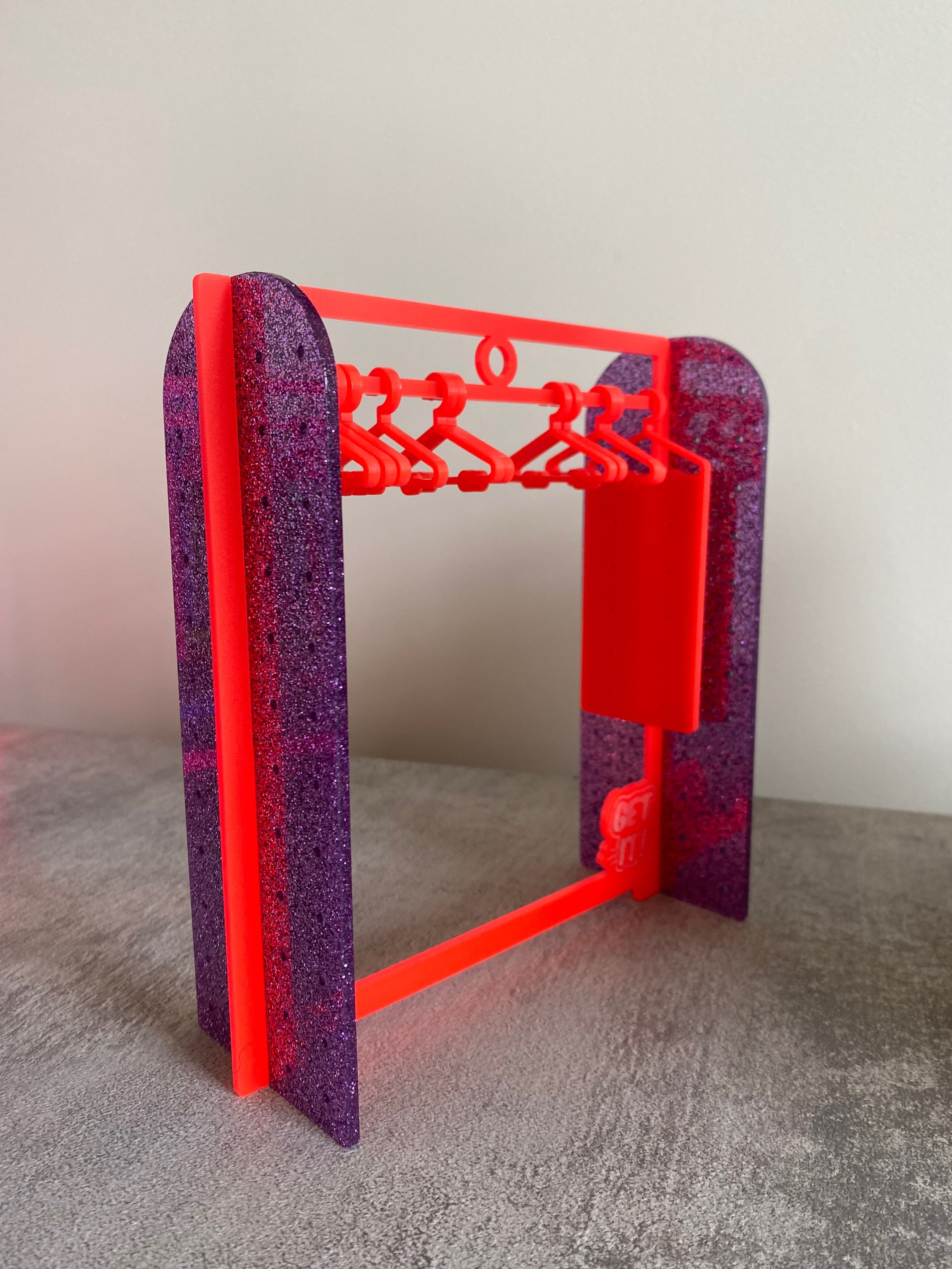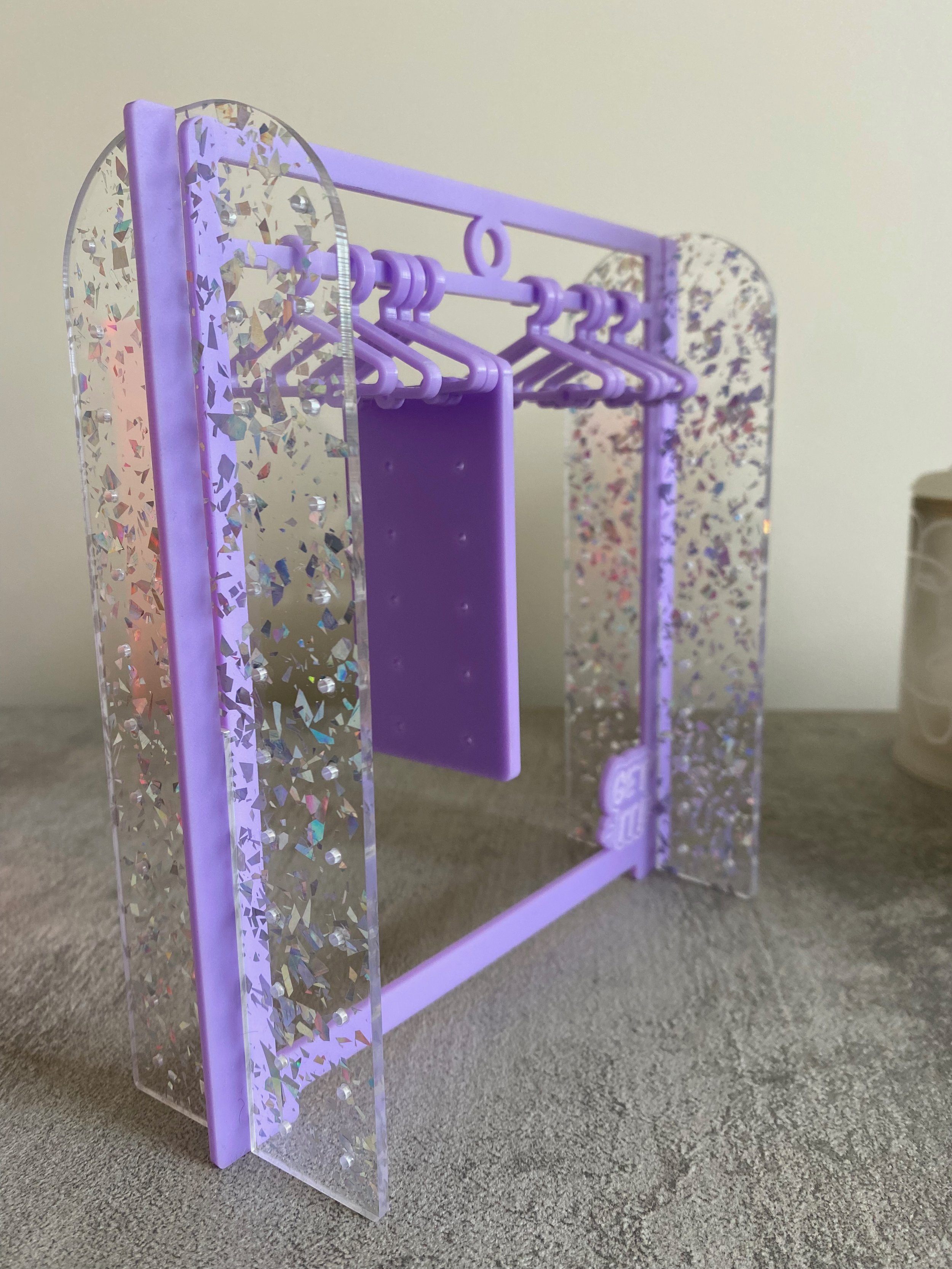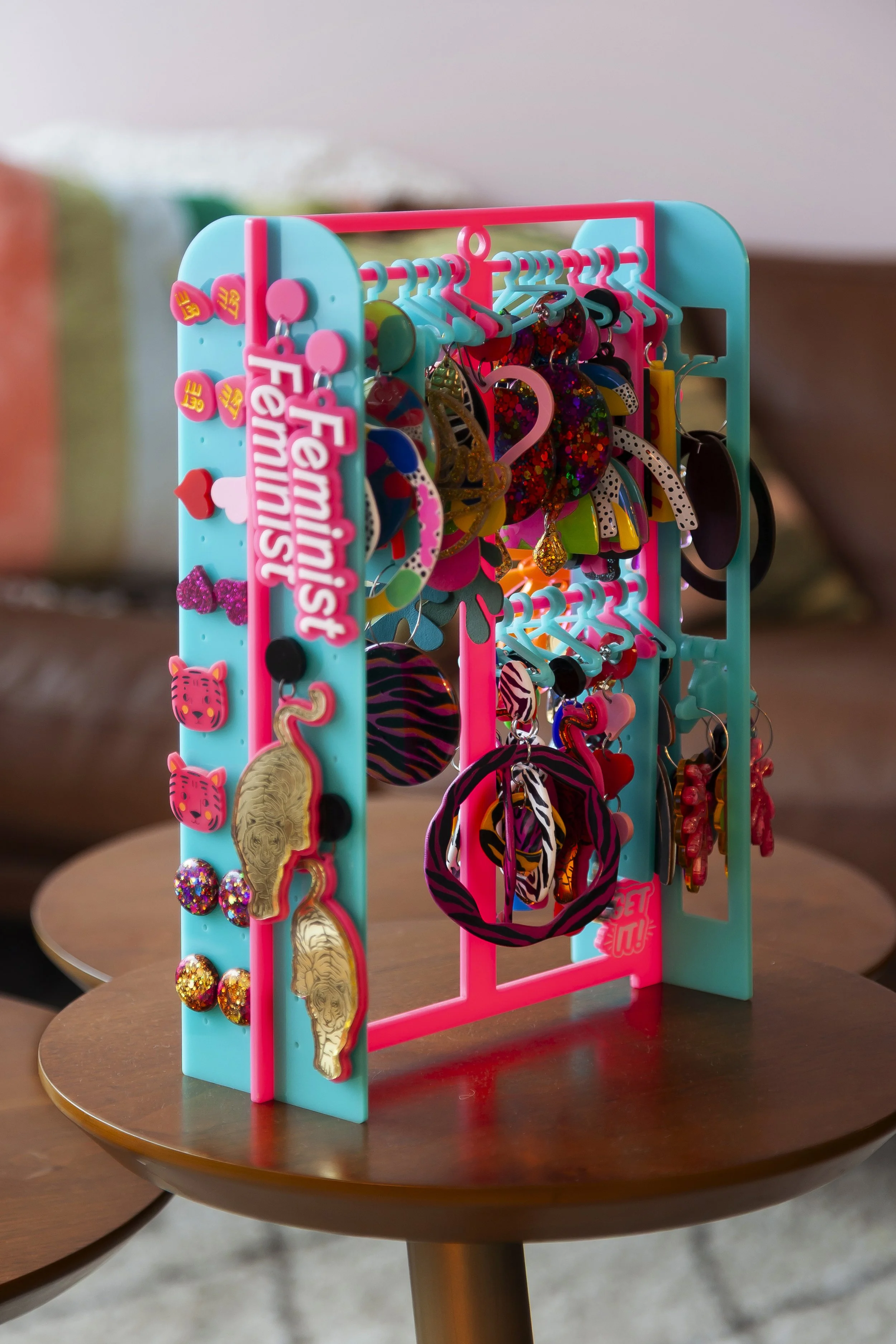Rethink, resist, reclaim: A thoughtful guide to doing Black Friday differently
It’s that American shopping craze you probably used to watch from afar, wondering what it was all about. But much like Halloween and Taco Tuesdays, it’s now become a huge deal Down Under, too. Of course, I’m talking about Black Friday—and let’s face it, you can’t scroll for six seconds without seeing these two words right now.
So what’s it all about? Where is all the colour? And how can we navigate the dissonance that emerges between wanting to snap up a bargain and not wanting to buy-in to consumerism?
Here’s a CARMEN GET IT! guide to doing Black Friday differently: for the shoppers who want to spend a little savvier, for the brands who want to connect a little deeper, and for the planet who doesn’t want to be buried under any more crap.
Hmu, what actually is Black Friday?
Originally tied to Thanksgiving (stuffing yourself with turkey), the Black Friday phenomenon started as a single day of mega sales (stuffing your cart with…well, stuff). And because people bloody love a bargain, traffic and crowds would get so hella chaotic that police got so overwhelmed they dubbed it “Black Friday.” Mmm, k. Anyhoo, retailers rebranded it as the day sales moved them “into the black” (a.k.a. they actually made a profit…who’s she?). The name stuck, and the rest is history…kinda.
Unsurprisingly, given its proximity to Christmas and the brutal cost of living, Black Friday—and its ecommerce counterpart, Cyber Monday—has taken hold with a vengeance in Australia, and throughout the world, over the last couple of years.
In fact, researchers are predicting that Australians will splurge $6.7 billion in Black Friday sales this year. That’s a whole lotta stuff, and it’s basically turned November into one of the busiest months for shopping in Australia.
So, why tell you all this?
Because your inboxes and feeds are about to get absolutely inundated with “Biggest Sale Ever!” and “Shop Our Black Friday Sale” messages, if they aren’t already. In addition to the hundreds of ads we see on a typical day, this period of heightened activity sends our lizard brains into overdrive.
It’s not just the planet that’s stretched to its limits; so are we.
So what if, instead of frantically chasing discounts, we approached this spendy season with greater intention and attention?
What if we grabbed this opportunity to put our money where our values are by supporting businesses paying fair wages, and creating goods that don’t destroy the Earth?
Because we all seem to want a ‘great deal’, but why isn’t a ‘great deal’ synonymous with paying a fair price to ensure everyone is taken care of in a supply chain? What will it take for us to understand the true cost of the things we buy, and for that to change our behaviour, and what we value?
Are we *actually* capable of changing the way the economy works, or the way we think of ‘sales’ as a culture? Or is it all a waste while we’re still thinking of ourselves as ‘consumers’ and living in a capitalist hellscape, and while convicted felons can become Presidents? Anyway, lots of questions. Let’s find some answers.
Image: Sally Batt Photography
My feelings on ‘sales’
As a copywriter and communications consultant for purpose-driven business (by day) and an online accessory store owner (by nights and weekends), I often find myself trying to take a step back during these moments of peak frenzy like ‘Black Friday’ and paying attention to how the narrative is being framed.
What are the unique ways brands are trying to cut through? Are they using a collectivist (and rather paternalistic) ‘spend for the economy’ frame, or more of an individualist ‘grab a bargain’ message? Do people prefer to ‘save money’ or get ‘more value’? How do sales impact perceptions of quality?
As a store owner, I’ve always had mixed feelings about sales. For small, creative businesses like mine, discounts can chip away at the value of what we create. Not to mention, profit margins are already razor-thin. And let’s be real for a moment about what sales actually do, right? They cut your profit margin. Because the cost of the goods is the same, so you are just deciding ‘hey, I’m prepared to make less just so I can make something’. And I get it—it’s been hard out there (for a bish) this year, and I’d love nothing more than to make a few sales.
But it’s not just about the numbers, though—it’s about the experience. There’s nothing worse (ok, well, not nothing) than buying something full price, only to see it marked down the next day or the next week. I hate that. And I’ve never wanted my amazing and loyal customers to feel like that.
More than that, sales often push us to buy things we don’t actually need, just because they’re ‘on sale’. At this point, I feel like warning you not to go down the rabbit hole of how shops use psychology to influence your buying decisions like I did, but just know—marketers and advertisers are smart, savvy, empathetic humans, who know enough about how brains work to get you to part with your hard-earned, and they also often have very real and very scary sales targets to hit.
Number #3423d28y7 on the list of reasons I don’t like sales is that—landfill doesn’t need more stuff we’re not going to love or use. The desire for more has us drowning in stuff and marine life in microplastics. I want my work to stand for something different: thoughtful choices, meaningful purchases, and a business model that values quality and connection over quick wins.
But.
You knew it was coming. Because as they would say in the Facebook relationship statuses of 2004, *it’s complicated*. And maybe my thinking has been a little bit black (friday) and white on this.
What I also know to be true is that I am a human with a dopamine deficit and rabid forager mentality—let me loose in a market or a thrift store and come back in a few days. Also, like most people—I don’t have oodles of spare cash lying around (the billionaires have it all). I time my purchases with holidays, sales, and special occasions. I’ve also been known to convince myself that a ‘buy two, save $5’ deal is basically free money, and so is paying with cash. And who am I to argue with #girlmath? (Problematic, but my point stands.)
Ok, it’s time to dig a little deeper.
A different approach
In 2023, I teamed up with B Lab Australia and Aotearoa New Zealand to write a piece called From Cart to Conscience about what it means to be a conscious consumer, and how we can flex the power of our purchasing decisions for good.
“It’s no secret that we have grown up in a system that fuels the constant desire for the fastest, newest, shiniest products. But more and more, as citizens, we are coming to understand the impact and power of our dollar. In our current capitalist system, it is how we ‘speak the language’ of power, of action. It is one of the ways we show what we care about, and what we need. And by redirecting its flow, we hope to change the course of the river.”
B Lab is on a mission to transform the global economy, and one way they do that is by certifying and verifying the social and environmental impact of businesses (called Certified B Corporations or ‘B Corps’).
For the last few years, I’ve had the privilege of a front row seat to some of the most innovative and purpose-driven businesses on the planet, and how they’re approaching these ‘moments of heightened awareness’ differently. And while it wasn’t *actually* in the front row, I was lucky enough to sit in the audience at SXSW Sydney 2024 for the panel on the future of sustainable fashion.
The panel was made up of B Corps, each of whom care deeply about their community, workers, and the planet—with the chops to back it up. During question time, I decided to be a bit brat and a lot brave, put my hand up, wait for the mic (always so awkward), and ask:
How do you balance the very real need to make sales, while not promoting overconsumption?
For someone who’s found this year in business hella hard, this is what I wanted to know. The subtext (because there’s always subtext): if I discount things, am I part of the problem? What if I don’t discount anything—will I make any sales? Should I be prepared not to do this at all, rather than cut ethical corners and compromise my values? Basically, all of the questions. And dw, I didn’t drop the mic afterwards.
Each panellist shared earnestly and honestly about how they approach these ‘sales seasons’: as opportunities to educate customers both on their brands and their impact; by creating a brand that people don’t want to buy ‘on sale’; how sales can make your brand more accessible to those who wouldn’t otherwise be able to afford it; how we need to be designing for greater circularity.
Ever since, I haven’t been able to stop thinking about how we could approach these moments differently. Not just as businesses, but as buyers.
How to actually ‘do’ differently
Here’s where I’m landing: Black Friday is not just a retail moment, it’s a cultural one. And as a cultural one, it’s one we can reclaim.
That’s because cultural ‘moments’ reflect our collective habits, priorities, and the stories we tell ourselves about what’s worth caring about. As such, these moments evolve over time. We have the power to shape (and reshape) them.
As a cultural moment, Black Friday highlights the tension between convenience and consciousness, between short-term gratification and long-term impact. It’s a snapshot of how we engage with brands, how we see our impact on the planet, and even how we relate to each other—whether it’s the FOMO of flash sales, the rush of finding a great deal, or the growing resistance to mindless consumerism.
And because it’s such a time of heightened awareness, it also carries the power to shift norms. It gives us an ‘in’ to a broader cultural dialogue about what we value and how we want to show up in the world.
So rather than letting moments like Black Friday be defined by overconsumption and frantic cart gymnastics, we can pause, and shape this moment into something that feels purposeful, not performative or perfunctory. So how do we do that?
As individuals
Well, like most things—it takes a little effort, but it’s also not as hard as we think it is. If I want to live in a world where the businesses who thrive are the ones tapping into something bigger than a few bucks off—then I have to reward it.
If I don’t want the most successful businesses to be the ones slashing prices and slashing forests, trying to keep up with the (David) Joneses, then I have to resist the temptation to buy things only because they’re on sale.
If I want businesses to create meaningful connection and education opportunities for customers, if I want them to pay fair wages, and design for circularity, then I have to actually put my money where my values are, and not buy-in.
As businesses
As businesses, it’s our role to go beyond prompting people to think differently and make it easier for them to actually *do* differently. Because the reality is that individuals shouldn’t have a choice between ethical and non-ethical, or sustainable and unsustainable. Those should just be the baseline, the default—not the exception.
We can still participate in these moments, but we have to do so with our eyes wide open to the unbearably high price that so many people, and our planet, pay for us to do what we do.
We can still use sales to unlock revenue, create greater access to premium experiences, and enable more conscious choices that align with our shared values.
Our job is to design our offerings, and craft our messages, in ways that make better choices feel easy and effortless. That means embedding ethics and sustainability into every stage of what we do, so customers don’t have to second-guess whether a purchase aligns with these values—it just does.
It’s about taking responsibility for creating systems where doing good isn’t a choice—it’s just how business is. And when we lead with that ethos, we’re not just emboldening individuals; we’re shaping industries, setting new standards, and shifting systems towards greater inclusion, accessibility and equity.
What are my choices here?
Ok, so this is where the rubber hits the road. Spendy season is here, and you have choices to make. Don’t let the panic and inertia set in; we’re already living the dystopian nightmare.
One option is to just hit delete on every sales email that lands in your inbox. While the copywriter in me *cries in tired* knowing how hard people are working to craft those emails, I’m here to tell you that’s not your prah-blem—that’s theirs (mine). So yeah, delete is a viable option.
You could go the ‘see-no-evil’ route, and set up an inbox filter for anything labelled “Black Friday” or “Christmas sale” and peace out ‘til January. Again, no shade. This is a great option, especially if you don’t want to be tempted at all. None of us needs eco-guilt with a side of novelty socks for the holidays.
You can turn off all shopping app and social media notifications for the month, log off for a time, or pre-emptively unsubscribe from a bunch of brands and live your best ‘inbox at zero’ life.
However, if you’re up for something a little more intentional, there are ways to engage with this sales season in a way that’s more aligned with your values (and actually fun).
7 ways to ‘do’ Black Friday better
1. Set a BFudget
Boooooo, budgets, boring—I know. But hear me out! We live in a society where gifting is a key way to show people we care about them. Gifting helps strengthen relationships, and in a time where social cohesion is at the opposite of peaking (troughing?), we might be feeling more compelled to buy gifts than ever before, even if they’re for ourselves!
But remember: no one should have to plunge themselves in debt to buy the ‘latest’ stuff or to show people you love ‘em. Instead, set a spending limit for Black Friday and aim it at brands doing it differently—whether that’s small, women-owned businesses, ethical brands, or purpose-driven companies that give back. It’s shopping, but on purpose.
2. Create a wishlist and preload your cart
Instead of getting swept up in every “biggest sale ever!” email, make a short list of stores or items you *actually* want and care about. Been eyeing off that divine solid ethical skincare set from ReMI or a show-stopping slow fashion skirt from Ebony Bolts? What about a gorgeous hand-printed foil illustration from The Moon Et Tu, some stickers from in.cube8r or some cosmetics with a conscience from Hanami?
This is a perfect chance to seek out local artisans, makers’ markets, or handmade goods. Trawl through directories like Finders Keepers, The Greatest Good, or Good On You. Support your community, connect with creators, and pick up something special you’ve had your eye on for ages. Because I can guarantee that while you are ‘just another order’ for the big players, for us smaller folks—it is everything.
3. Celebrate ‘Blak Friday’
If you’re anything like me, you don’t need an excuse to put your money where your values are, but here’s a great one just in case: Flip Black Friday into ‘Blak Friday’ and use the day to splash cash on amazing First Nations-owned businesses and creators. You’ll discover some seriously cool stuff while contributing to economic empowerment and closing the gap.
Not sure where to start? Platforms like Supply Nation and Welcome to Country can connect you to Indigenous-led brands across fashion, beauty, art, and more. And I can’t go past the chance to call out some of my all-time faves in Clothing The Gaps, Haus of Dizzy, Gammin Threads, Kinya Lerrk, Kenita Lee, Yarli Creative, and Mabu Mabu.
PS: when you Buy Blak, don’t forget to shout it from the rooftops (or at least your Insta stories). Tag the brands, share the love, and help spread the word—not just while it’s trending, but every day of the year.
4. More care and less clutter with ‘Green Friday’
Make BFCM an eco-friendly affair by shopping from sustainable, circular, or low-waste brands. Look for companies that put the planet first and have the independent credentials to back it up (think: B Corp Certification, Ethical Clothing Australia accreditation, FairTrade accreditation, Social Traders Certified).
There’s of course plenty of companies overstating their eco credentials, and it can be hard to sort the wood from the plastic trees. But the way I see it, it’s looking at the things you need to buy anyway—and buying a better version of it. So whether you’re snagging some recycled toilet paper from Who Gives A Crap or finally investing in sustainable activewear from Keane Activewear or Mama Movement, you can treat yo’self and not f*ck up the planet anymore than it already is.
5. Go BIG, then go home
Instead of filling your cart with a heap of itty bitty things, why not go big on something that truly matters? Focusing on one significant investment is a cool way to support creators who pour decades of time and care into their craft, while also giving you something that stands the test of time.
Whether it’s a high-quality jacket from Amble Outdoors you’ll wear for years, a beautiful handmade piece of furniture from Koskela, or an artwork by Tamara Armstrong or Kim Leutwyler you’ve been eyeing for ages, you can always use this BFCM to focus on fewer, more meaningful purchases rather than a pile of impulse buys.
It’s about seeing your spending as an investment—not just in what you’re getting, but in what you’re supporting. Think: less ‘quick dopamine hit’, more ‘will this still feel amazing in 10 years?’
6. Invest in services, not just ‘stuff’
More and more service-based businesses are looking for ways to get in on the Black Friday action and creating heart-packed and value-stacked offers (think: classes, workshops, trips, membership discounts, umm—great copywriters, ha!).
Because let’s get cutesy for a moment—lots of the best things in life aren’t ‘things’ at all, they’re moments and memories. So keep an eye out for some of your fave service-based businesses and if they’re offering anything special you might wanna snap up. I know for me, having that little cash injection just prior to the ‘downtime’ period of December/Jan can make all the difference.
7. Don’t buy in
Of course, if all this talk of sales leaves you feeling a bit ‘meh’, maybe it’s time to declare your own No-Buy Day. Skip the inbox chaos, say no to FOMO, and treat yourself to a day where you spend zero dollars on stuff and 100% of your energy on resting and recharging (or making a ruckus).
Use the day to take a breather, plan for mindful purchases later, or just luxuriate in the smugness of knowing you’re not buying into the frenzy.
However you decide to play on Black Friday, remember—whether you go green, smash the colour, or sit it out entirely, make it a moment that feels good for you; a season about choices that reflect your values, your vibe, and the kind of world worth living in.
Image: Gang of Babes Photography
Ready to bring some colour to Black Friday?
For the businesses
In case you couldn't tell, I’m all about helping brands stand out, connect, and add a little oomph to the usual scroll-stopping sale, not screaming into the void with the same old shit. If you want to bring a little more colour, connection, and genuine heart to your Black Friday sales or yearly campaigns, all you gotta do is…CARMEN GET IT!
For the buyer babes
And for those earring and stationery lovers, the GET IT! Store will be having a once-in-a-glitter-moon sale with 30% off errythang from Tuesday 26 November (8pm AEDT) to Sunday 1 December (8pm AEDT), 2024. It also happens to be the store’s 4th birthday, so I want to make sure there’s plenty of chance for colour in amongst all the black—so set your alarms (and your budgets), and sign up to be the first to know.
